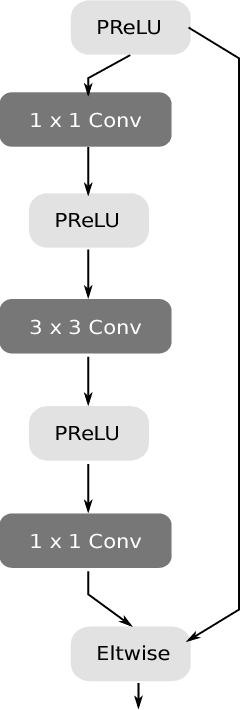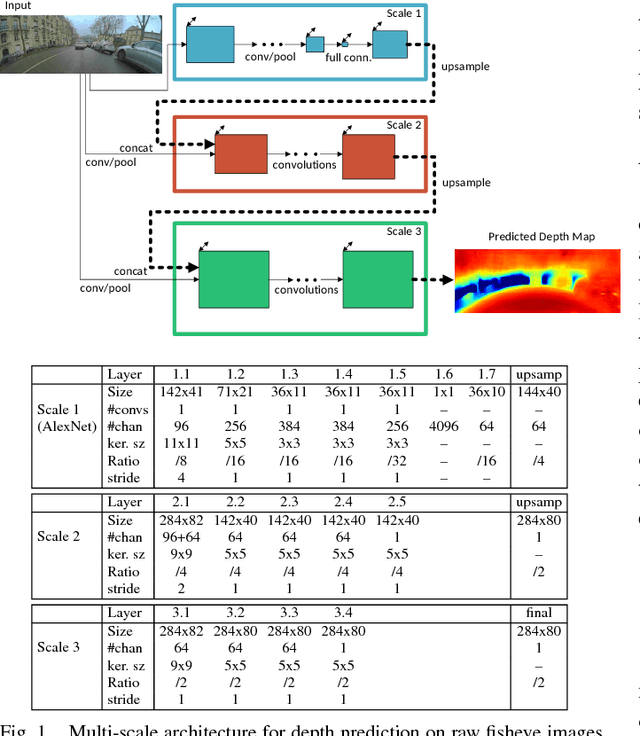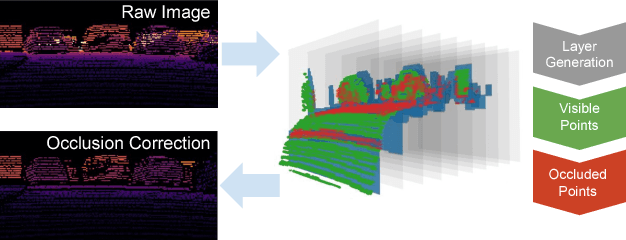Johannes Petzold
Efficient Semantic Segmentation for Visual Bird's-eye View Interpretation
Nov 29, 2018



Abstract:The ability to perform semantic segmentation in real-time capable applications with limited hardware is of great importance. One such application is the interpretation of the visual bird's-eye view, which requires the semantic segmentation of the four omnidirectional camera images. In this paper, we present an efficient semantic segmentation that sets new standards in terms of runtime and hardware requirements. Our two main contributions are the decrease of the runtime by parallelizing the ArgMax layer and the reduction of hardware requirements by applying the channel pruning method to the ENet model.
Monocular Fisheye Camera Depth Estimation Using Sparse LiDAR Supervision
Sep 24, 2018



Abstract:Near field depth estimation around a self driving car is an important function that can be achieved by four wide angle fisheye cameras having a field of view of over 180. Depth estimation based on convolutional neural networks (CNNs) produce state of the art results, but progress is hindered because depth annotation cannot be obtained manually. Synthetic datasets are commonly used but they have limitations. For instance, they do not capture the extensive variability in the appearance of objects like vehicles present in real datasets. There is also a domain shift while performing inference on natural images illustrated by many attempts to handle the domain adaptation explicitly. In this work, we explore an alternate approach of training using sparse LiDAR data as ground truth for depth estimation for fisheye camera. We built our own dataset using our self driving car setup which has a 64 beam Velodyne LiDAR and four wide angle fisheye cameras. To handle the difference in view points of LiDAR and fisheye camera, an occlusion resolution mechanism was implemented. We started with Eigen's multiscale convolutional network architecture and improved by modifying activation function and optimizer. We obtained promising results on our dataset with RMSE errors comparable to the state of the art results obtained on KITTI.
 Add to Chrome
Add to Chrome Add to Firefox
Add to Firefox Add to Edge
Add to Edge